Boost Workplace Safety in Manufacturing with AI Video Analytics
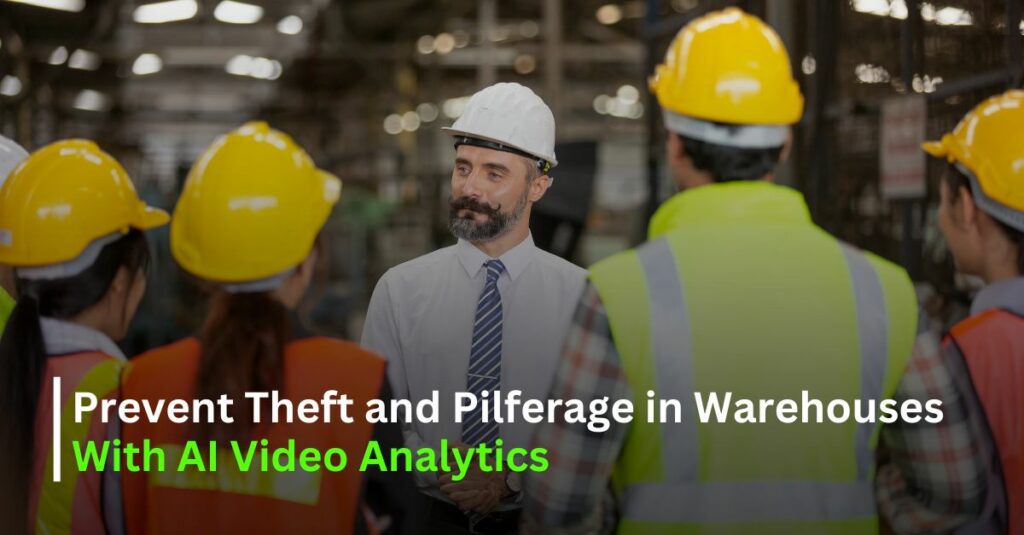
Introduction
Workplace safety has always been a priority in manufacturing, but with new technological advancements, businesses are now able to significantly reduce accidents and hazards. AI video analytics is at the forefront of this evolution, providing manufacturers with real-time data that can be used to prevent dangerous situations before they happen.
The Evolution of Workplace Safety in Manufacturing
Over the years, workplace safety in manufacturing has transformed dramatically. From basic protocols to using advanced technology like AI video analytics, the approach to keeping workers safe has advanced. AI is now playing a crucial role in these modern safety measures, enhancing both efficiency and effectiveness.
Why Workplace Safety is Critical for Manufacturing
Workplace injuries not only result in financial losses for businesses but also affect employee morale. Manufacturing companies have a legal and ethical responsibility to ensure safety. AI-driven safety measures help companies meet compliance requirements and promote a healthier work environment.
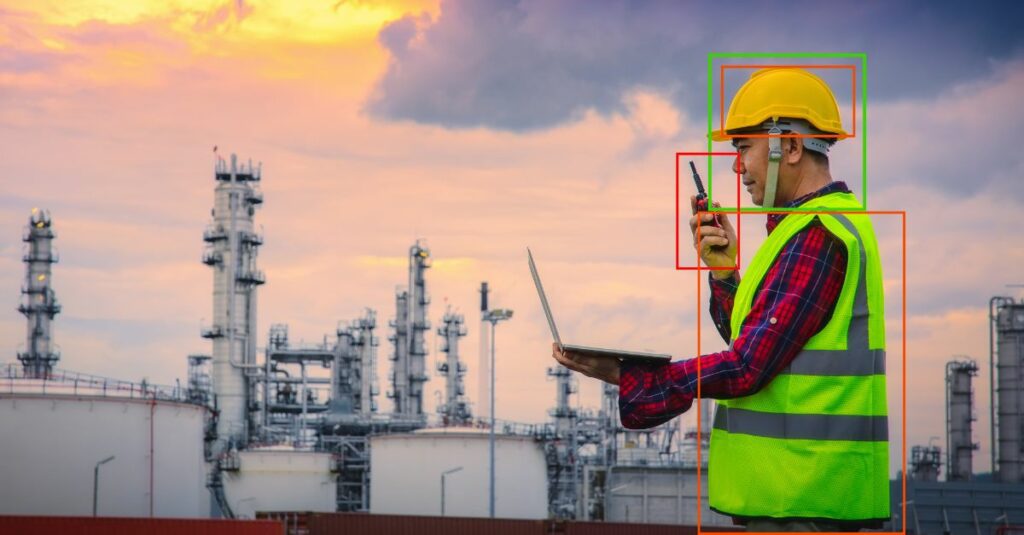
Understanding AI Video Analytics
What is AI Video Analytics?
AI video analytics is the use of artificial intelligence to analyze video footage in real time. Unlike traditional video surveillance, which only records incidents, AI video analytics identifies patterns and anomalies, providing proactive solutions to potential hazards.
How AI Video Analytics Works in Manufacturing
AI systems monitor real-time footage, analyzing worker behavior and identifying unsafe conditions. Using machine learning algorithms, they detect unusual movements or deviations from standard protocols, alerting managers to potential risks.
Key Benefits of AI Video Analytics in Workplace Safety
Proactive Hazard Identification
One of the primary benefits of AI video analytics is its ability to identify hazards before they result in accidents. By continuously analyzing the environment, AI detects unsafe conditions such as obstructed pathways or non-compliance with safety gear protocols.
Automation of Safety Protocols
AI not only identifies hazards but also automates responses. For instance, when safety gear isn’t being used properly, the system can trigger an alert or take corrective actions, significantly reducing the chance of human error in safety monitoring.
Enhancing Employee Behavior and Compliance
AI video analytics helps ensure that employees are following safety procedures, such as wearing the required safety equipment. Real-time feedback encourages adherence to safety protocols, resulting in safer work conditions.
Reducing Workplace Accidents
Numerous case studies have shown how implementing AI video analytics in manufacturing reduces workplace accidents. With predictive insights and constant monitoring, manufacturers can lower the incidence of injuries and improve overall workplace safety.
Improving Incident Response Time
AI enables faster response times to safety breaches. The system immediately alerts supervisors when a violation occurs, allowing quick action. Emergency notifications are automated, ensuring immediate responses during critical incidents.
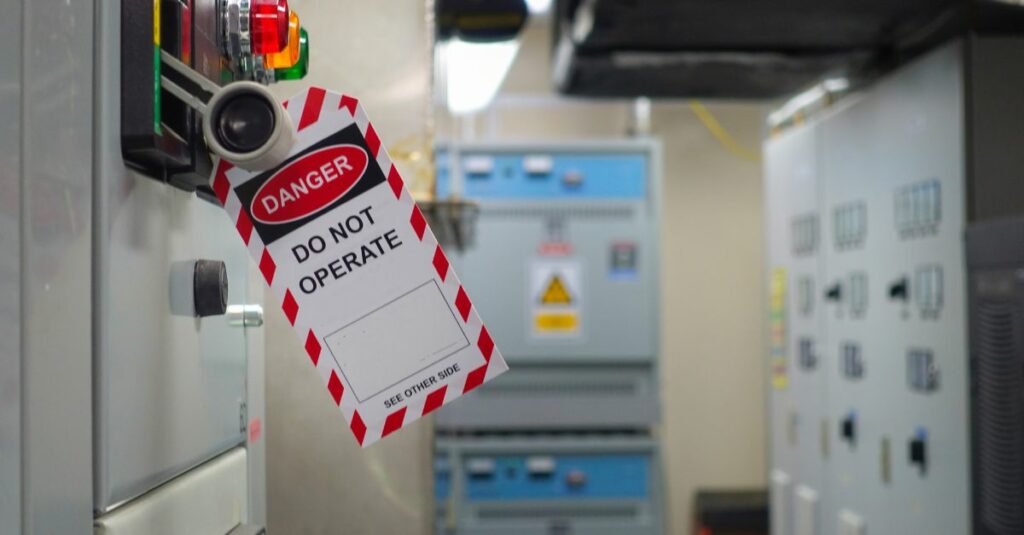
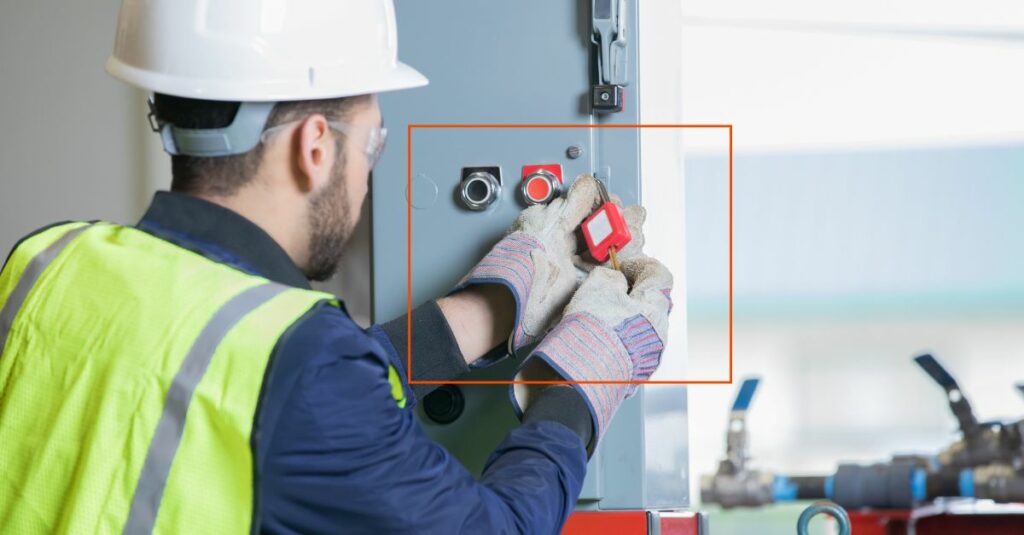



AI Video Analytics Features for Workplace Safety
People Counting and Tracking
AI-powered cameras track the number of employees in hazardous zones, ensuring headcount compliance during emergencies or evacuations. This data is essential for maintaining proper safety protocols during high-risk operations.
Object and Equipment Detection
AI systems identify misplaced objects and ensure correct equipment usage, reducing the chances of accidents caused by unorganized workspaces or misuse of machinery.
Fall and Slip Detection
Real-time detection of falls or slips allows for immediate intervention. When such incidents occur, automated alerts are sent, enabling quick assistance and reducing the severity of injuries.
Heat Mapping for High-Risk Zones
AI generates heatmaps to analyze worker movement patterns, highlighting areas where accidents are more likely to occur. This data helps managers re-evaluate safety measures in high-risk zones.
Behavioral Analysis for Unsafe Practices
AI can detect unsafe behaviors such as improper lifting techniques, running, or horseplay. By providing data-driven feedback, employees can be trained to improve their practices and prevent injuries.
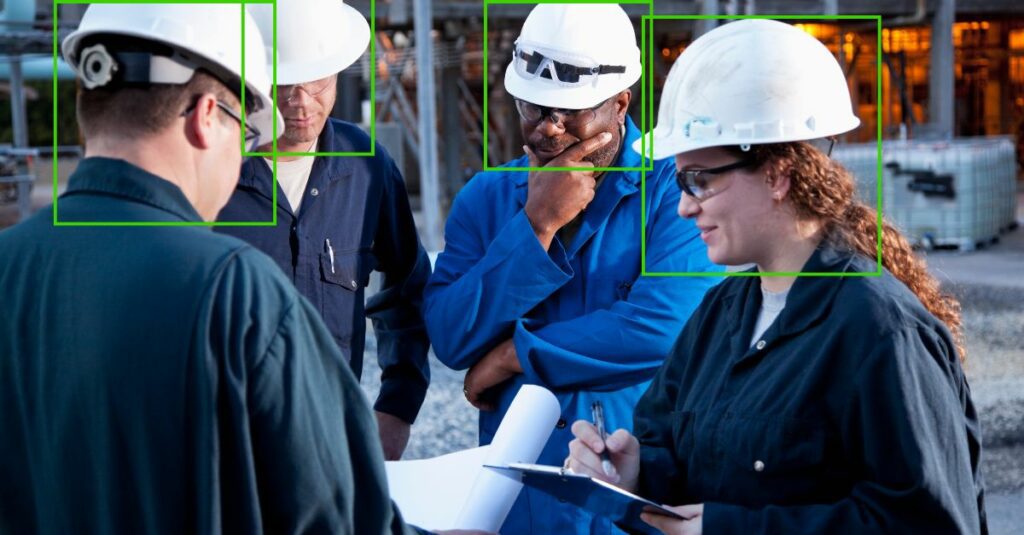
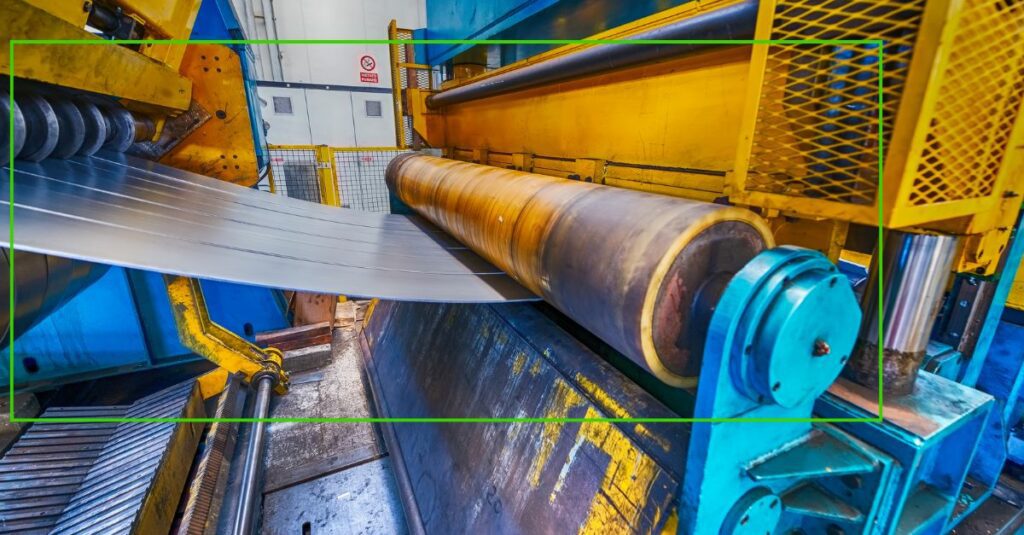



AI Video Analytics for Compliance and Reporting
Ensuring OSHA and Industry Compliance
AI video analytics assists manufacturing firms in maintaining regulatory compliance. The technology automates safety audits, ensuring that businesses meet OSHA standards and other industry-specific requirements.
Data-Driven Insights for Continuous Improvement
The continuous data generated by AI allows businesses to refine safety protocols. Feedback loops based on AI-generated reports make it easier to track safety trends and implement improvements where needed.
The Future of AI in Manufacturing Safety
The Role of AI in Predictive Maintenance
AI doesn’t only prevent human-related accidents but also predicts equipment failures, reducing machinery-related risks. By analyzing data, the system can forecast when a machine is likely to break down, helping to avoid safety issues.
AI-Powered Collaboration Between Human and Machine
AI video analytics can be integrated with robots and wearable technology, creating a safer workspace. The use of co-bots (collaborative robots) enables humans and machines to work together efficiently and safely.
Cost Efficiency of AI in Safety Initiatives
Reducing workplace accidents through AI saves companies from the high costs associated with injuries, insurance claims, and downtime. Over time, the investment in AI technology pays off through improved safety and operational efficiency.
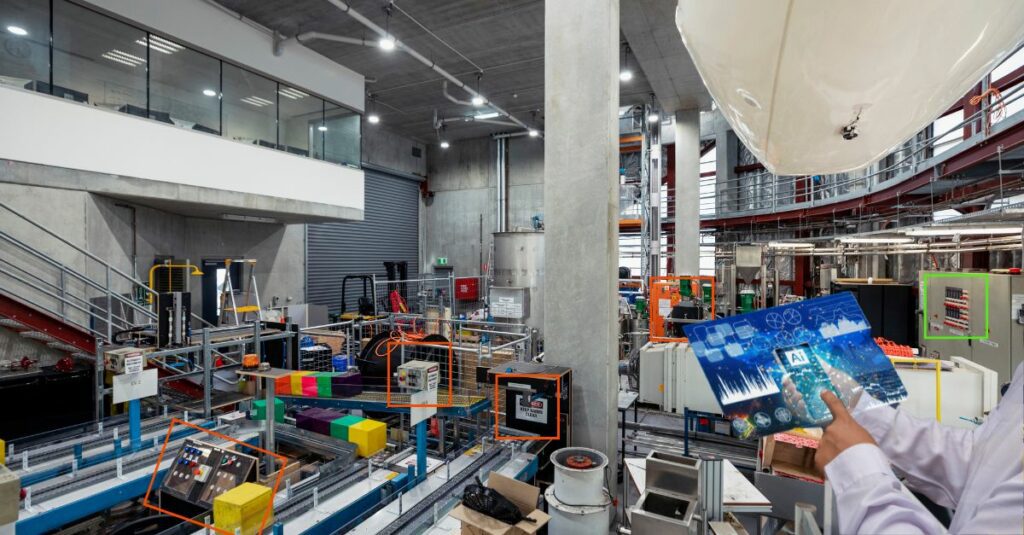
Conclusion
AI video analytics is a powerful tool in transforming workplace safety in manufacturing. By embracing this technology, manufacturers can protect their employees, reduce accidents, and maintain compliance, leading to a safer and more efficient workplace.
Frequently Asked Questions (FAQs)
Manufacturing, logistics, healthcare, and construction benefit the most from AI video analytics.
Integration is simple, using current CCTV infrastructure with minimal disruption.
No, AI supports inspectors but doesn’t replace human oversight.
AI detects incidents and triggers real-time alerts for faster response.
Yes, fewer accidents lead to lower insurance premiums.
Costs vary, but long-term savings outweigh initial investments.
Minimal training is needed for system use and alerts.
